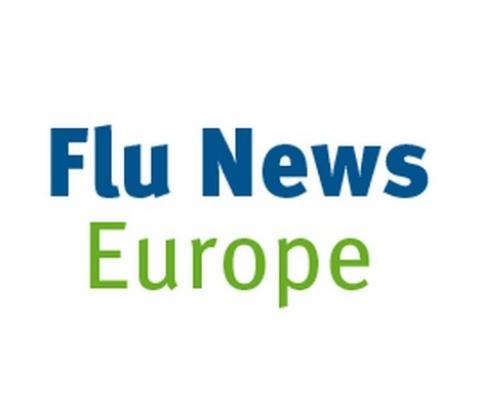Tracking influenza’s steps and targets

According to the last news from FluNews Europe, the current wave of influenza is causing a higher level of mortality among elderly people compared to the four previous seasons. In fact, an excess of all-cause mortality among the elderly (aged ≥65 years), concomitant with increased influenza activity and the predominance of A(H3N2) viruses, has been observed in recent weeks in Belgium, France, Portugal, Spain, Switzerland and the United Kingdom (England, Scotland and Wales).
Caroline Brown, programme manager for influenza and other respiratory pathogens at WHO/Europe, explains that ”the A(H3N2) virus is dominating so far this season, and we already know this subtype causes severe disease in the elderly“. For this reasons, ”clinicians should be aware that the A(H3N2) component of this year’s vaccine will most likely provide somewhat reduced protection. So it’s especially important to follow WHO guidelines on the use of influenza-specific antivirals when treating patients and also control or prevent outbreaks that can occur in nursing homes”.
”Although the vaccine we have this year is not a perfect match, it’s still the best chance people have of getting protected”, continues Dr Brown. “In other words, it might not stop you getting flu but it could mean you are not as unwell as you might have been if you were not vaccinated“.
Trends in Europe
Each year influenza occurs in Europe with an annual attack rate estimated at 10% while influenza-related complications can result in hospitalization among hundreds of thousands of people. The highest risk of complication occurs among adults aged 65 years and older, younger children, and people of any age with chronic conditions (such as chronic heart or metabolic diseases like diabetes), or weakened immune systems. However, everyone is at risk of developing serious complications (including pneumonia, myocarditis and encephalitis) that may result in death.
Influenza surveillance
Influenza surveillance in the EU and WHO European Region is based on nationally organized networks of primary care physicians, mostly general practitioners (GPs), covering at least 1–5% of the population in their countries. Depending on the country, physicians report the weekly number of patients seen with influenza-like illness (ILI) or acute respiratory infection (ARI), or both, to the national focal point for influenza surveillance. Primary care surveillance for influenza in the Region is mostly based on sentinel systems (i.e. data are collected and reported only from selected facilities), although some countries collect data on ILI or ARI from all health facilities in the country (universal surveillance). A subset of specimens from sentinel ILI and ARI patients is tested for influenza and respiratory syncytial virus (RSV) infection. In addition, some countries, mainly in the eastern part of the European Region, are conducting sentinel surveillance for hospitalized cases with severe acute respiratory infection (SARI) according to standard case definitions.
National influenza centres (NICs) are institutions designated by countries’ ministries of health and recognized by WHO to participate in the work of the WHO Global Influenza Surveillance and Response System. NICs receive respiratory specimens from a range of sources in their countries (so-called non-sentinel sources, such as hospital laboratories, small outbreaks in schools and nursing homes, and similar settings) and provide virological data on characteristics of circulating influenza viruses according to influenza type and subtype (A(H3N2) and A(H1N1)pdm09) or lineage (B/Victoria or B/Yamagata).
Data are reported from the national level to ECDC and the WHO Regional Office for Europe through The European Surveillance System (TESSy) on a weekly basis during the influenza surveillance season (week 40 to week 20 in the following year).
